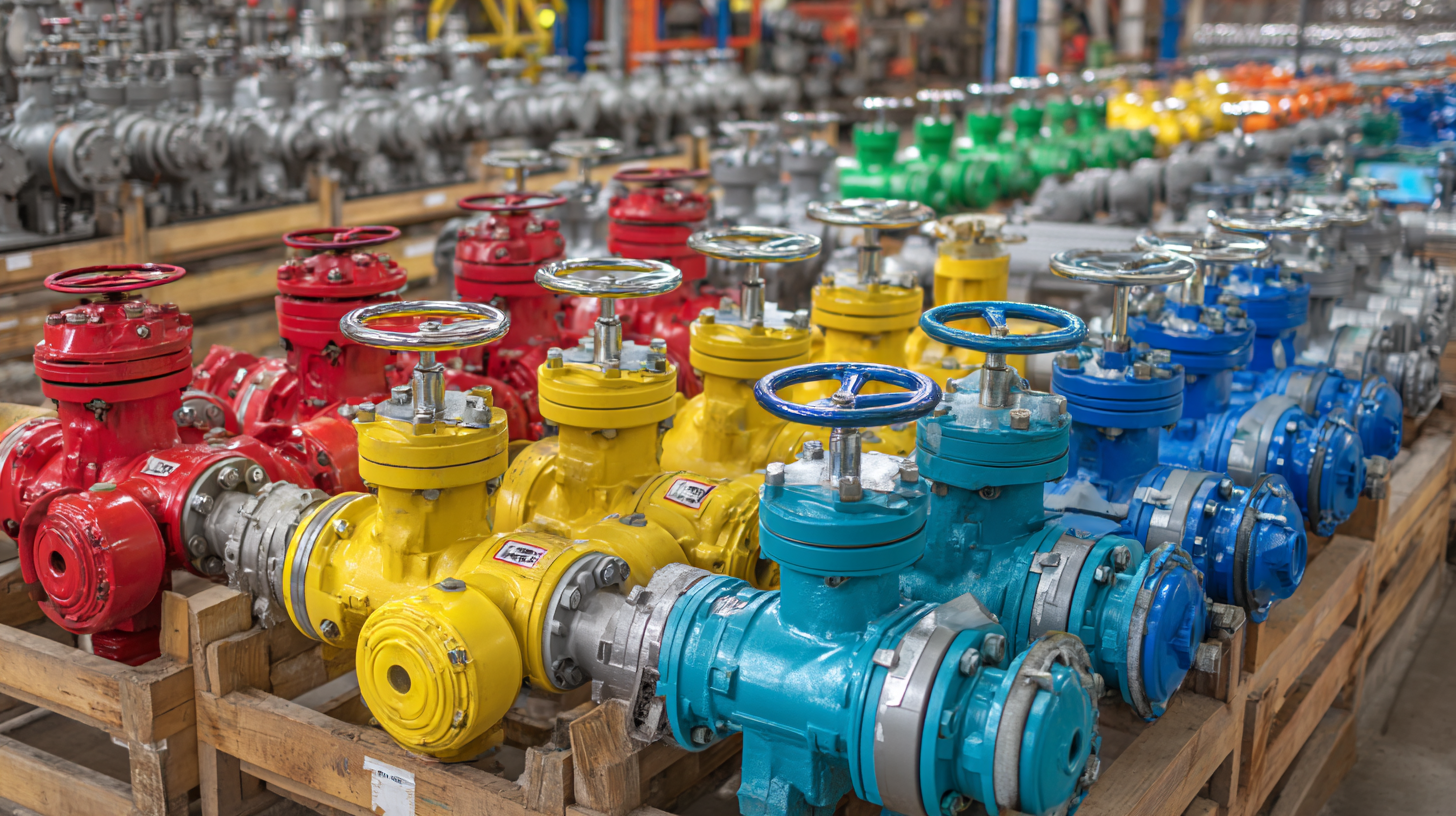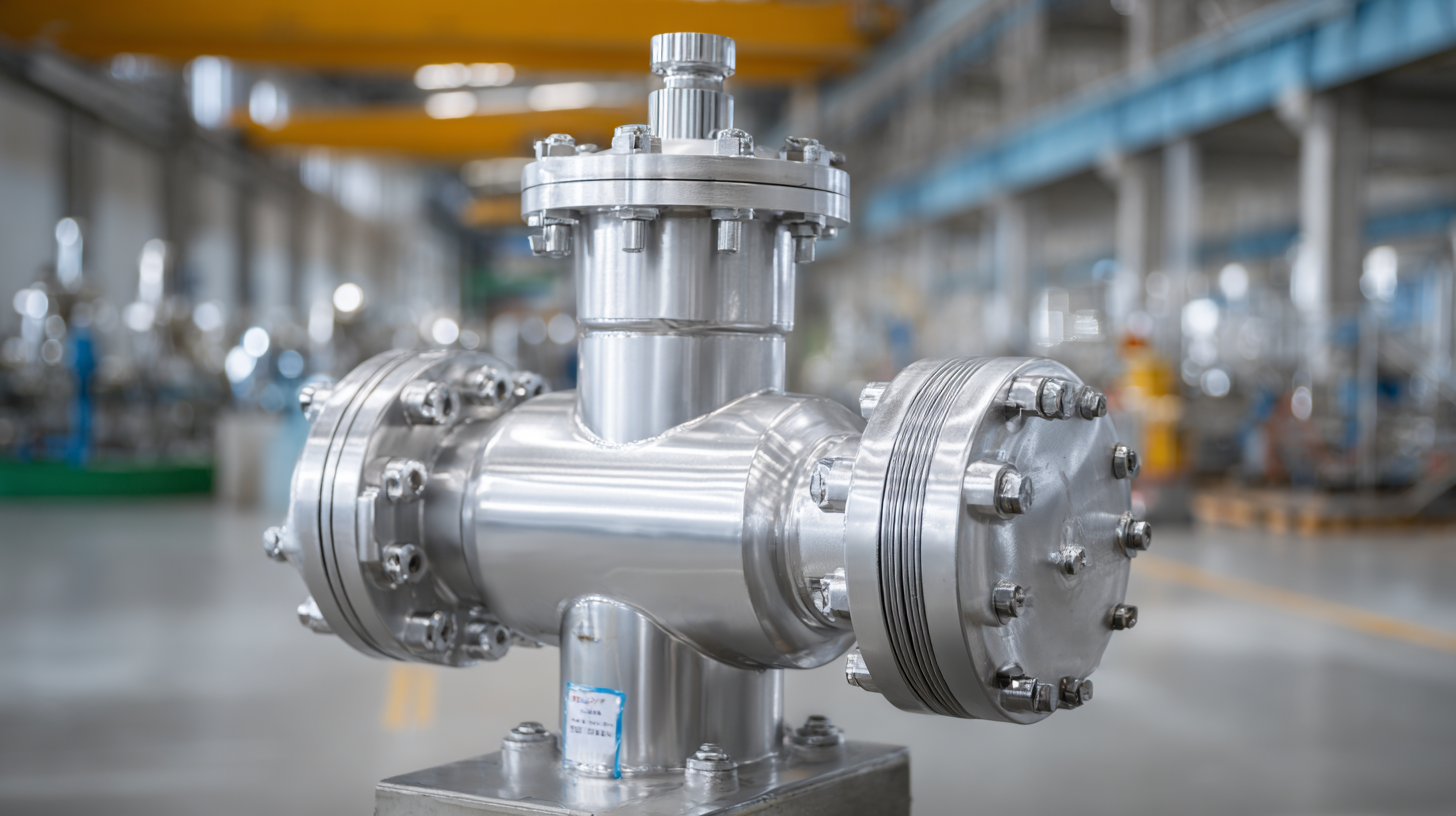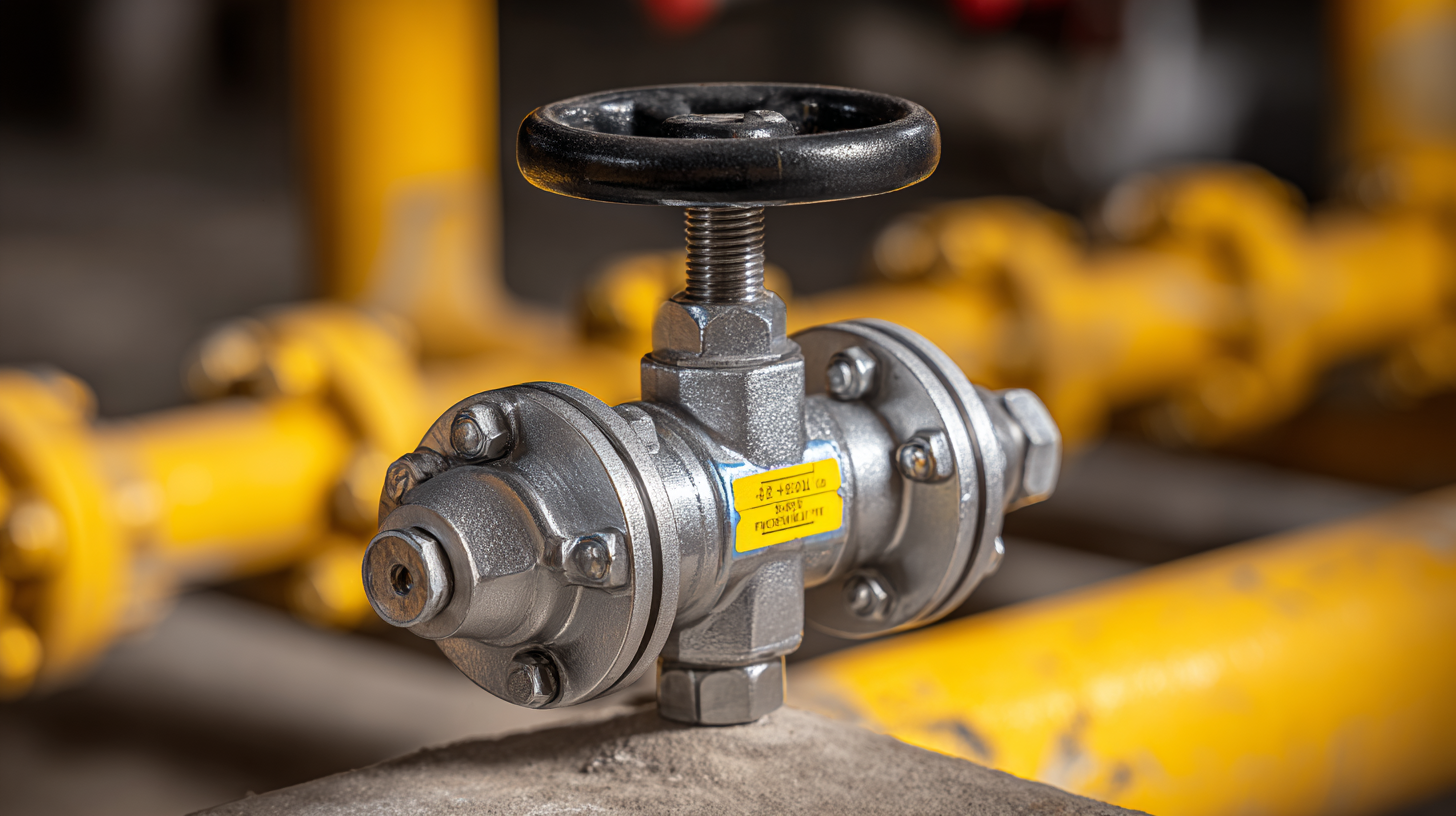How to Choose the Right Ball Valve for Your Application
When it comes to fluid control systems, selecting the right component is essential for ensuring efficiency and reliability, and ball valves are among the most widely used options in various applications. These versatile valves offer excellent sealing capabilities and are available in various designs and materials to suit different requirements. However, with numerous brands and models on the market, understanding how to choose the right ball valve for your application can be daunting. Factors such as pressure, temperature, media type, and connection style must be taken into account to ensure optimal performance and durability. In this guide, we will explore the critical considerations necessary for selecting ball valves, providing you with the knowledge needed to make informed decisions that enhance your fluid management systems.

Understanding Your Fluid Control Requirements
When choosing the right ball valve for your application, understanding your fluid control requirements is paramount. Different fluids exhibit unique properties that can influence valve performance, such as viscosity, temperature, and corrosiveness. For instance, if you are handling viscous fluids, you may require a valve with a larger bore to facilitate smoother flow. Additionally, the temperature range of the fluid could dictate the materials used in the valve's construction, ensuring it can withstand varying thermal conditions without degrading.
Another crucial factor to consider is the pressure within the system. High-pressure applications necessitate ball valves designed specifically to handle elevated stress without failure. Furthermore, consider the flow direction and the valve's position—whether it is installed horizontally or vertically—as these factors impact not only installation but also overall efficiency in fluid control. By deeply understanding the specific characteristics of the fluids you will be managing, you can select a ball valve that ensures safety, reliability, and optimal performance in your system.
Evaluating Different Types of Ball Valves Available
When evaluating different types of ball valves available, it’s essential to consider the specific requirements of your application. Ball valves come in various materials such as stainless steel, brass, and plastic, each suited for different environments and media. For instance, if you are working with corrosive substances, a stainless steel valve might be your best choice. Similarly, for water or gas applications, a PVC ball valve could be more appropriate due to its cost-effectiveness and lightweight properties.
**Tips**: Always check the pressure and temperature ratings for the ball valve to ensure it can handle the operating conditions of your system. Additionally, consider the connection type between the valve and the piping; options include threaded, flanged, and weldable connections, which can affect installation and maintenance.
Another aspect to consider is the valve’s seat material and design. Different seat materials, like PTFE or filled PTFE, offer varying levels of resistance to chemicals and temperatures, impacting the valve’s durability and performance. The design, whether a standard or full port, should also align with your flow requirements to prevent any potential issues in system efficiency.
**Tips**: Research the flow characteristics and compatibility of the chosen ball valve with the fluids involved. Always consult manufacturer specifications and recommendations to find the most suitable option for your needs.
How to Choose the Right Ball Valve for Your Application
| Type of Ball Valve | Material | Pressure Rating | Temperature Range | Applications |
|---|---|---|---|---|
| Standard Ball Valve | Brass | 150 PSI | -20 to 150 °F | Water, Oil, Gas |
| Trunnion Ball Valve | Carbon Steel | 600 PSI | -50 to 300 °F | Oil and Gas, Chemical |
| V-Port Ball Valve | Stainless Steel | 300 PSI | 0 to 250 °F | Flow Control |
| Float Ball Valve | PVC | 10 PSI | -20 to 140 °F | Irrigation, Pool Systems |
Key Specifications to Consider When Selecting a Ball Valve
Choosing the right ball valve for your specific application requires careful consideration of several key specifications. First and foremost, the valve's size is critical, as it must align with the flow requirements of your system. According to a report from the Valve Manufacturers Association, properly sized valves can improve system efficiency by 20-30%, reducing energy costs significantly. The pressure rating, typically measured in pounds per square inch (PSI), is also essential; selecting a valve that can withstand the highest pressure in your application is vital for safety and longevity.
Another important specification is the material of the ball valve. Different materials offer varying levels of corrosion resistance and temperature tolerance, which are crucial in industries such as oil and gas or chemical processing. A study by the American Society of Mechanical Engineers notes that stainless steel valves are preferred in environments with high corrosive potential, providing a service life that can be 50% longer than standard carbon steel valves. Lastly, consider the valve type—whether floating or trunnion-mounted—as it influences the sealing performance and operational efficiency, especially in applications with high-pressure fluctuations.

Material Compatibility: Matching Valve Materials with Application Needs
When selecting a ball valve for a specific application, one of the most critical factors to consider is material compatibility. Different environments—whether corrosive, high-temperature, or high-pressure—require valves constructed from materials that can withstand such conditions without compromising performance. According to a report by the Valve Manufacturers Association, nearly 30% of valve failures are attributed to material incompatibility, showcasing the importance of thorough material selection.

Tips: Always review the chemical composition of the substances being controlled. For instance, for applications involving aggressive chemicals, like acids or solvents, materials such as PTFE or stainless steel are often recommended for their corrosion-resistant properties. In contrast, for standard water applications, brass or PVC could suffice, striking a balance between cost and performance.
Additionally, consider the temperature and pressure ratings of your application. A study from the American Society of Mechanical Engineers indicates that underestimating these parameters can lead to significant operational failures. Selecting a valve material that exceeds your application's maximum temperature and pressure ensures longevity and reliability. For example, high-performance plastics might be suitable for temperatures below 200°F, while alloys such as Inconel are better suited for extremes.
Assessing Pressure and Temperature Ratings for Optimal Performance
When choosing the right ball valve for your application, understanding the pressure and temperature ratings is crucial for ensuring optimal performance. Each ball valve is designed to operate within specific pressure limits, measured in pounds per square inch (PSI), which depend on the construction materials and design. Higher pressure applications require robust materials that can withstand potential stress without deforming, while lower-pressure systems may allow for more economical options.
Temperature ratings also play a significant role in the selection process. Different materials exhibit varying degrees of strength and flexibility at elevated temperatures. For instance, metallic ball valves can handle higher temperature ranges compared to plastic variants. It's essential to consider the operating temperature of your fluid system, as exceeding the valve's rating may lead to premature failure or leaks, jeopardizing system integrity. By carefully assessing both pressure and temperature ratings, you can select a ball valve that will deliver reliable performance and longevity in your specific application.
Related Posts
-

How to Choose the Right Ball Valves for Your Industrial Applications
-

Understanding the Role of Diaphragm Valves in Modern Industrial Applications
-

How to Choose the Right Fittings and Valves for Your Industrial Needs
-

7 Essential Features to Look for in Sanitary Fittings
-

7 Best Practices for Choosing Sanitary Pipe Fittings for Your Business
-

7 Best Sanitary Valves to Enhance Your Industrial Efficiency and Compliance